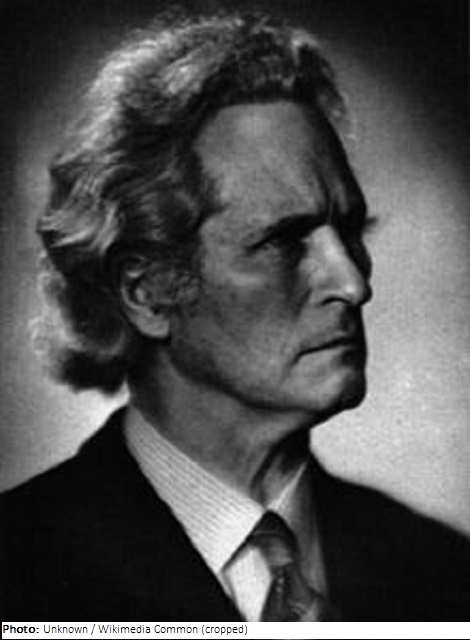Yrjö Kilpinen

Biographical information
| Roles | Referee |
|---|---|
| Sex | Male |
| Full name | Yrjö Henrik•Kilpinen |
| Used name | Yrjö•Kilpinen |
| Born | 4 February 1892 in Helsinki, Uusimaa (FIN) |
| Died | 2 March 1959 (aged 67 years 26 days) in Helsinki, Uusimaa (FIN) |
| NOC |  Finland Finland |
Biography
Yrjö Kilpinen studied for almost 10 years at the Helsinki Music Institute (1908-17), but in between also in Wien (1910-11) and Berlin (1913-14). He then wrote music criticism in Helsinki and taught at the Helsinki Conservatory. In 1942, he was appointed professor and in 1948, he was elected a member of the Finnish Academy. He was married to the well-known pianist Margaret Kilpinen (née Alfthan, 1896-1965).
Kilpinen became best known as a composer of songs writing more than 750. Many of them were popular in Finland as well as in Germany. He also wrote the Pastoral Suite for Orchestra (1944), the Death Dance for Orchestra_ (1945), more than 30 male choruses, chamber music, six piano sonatas, and other piano pieces. His most famous composition is the song Lippulaulu (Flag Song), which used to be sung in Finland when the flag was raised.
In the 1910s, Kilpinen became interested in the expressive possibilities of expressionism. Probably during his time in Berlin, late in the 1920s, he turned to neoclassicism, which he retained until the end of his career.
Kilpinen was active in the pro-German far-right Finnish Realm Union. After World War II, he became a persona non grata. He is still controversial today not only because of this but also because of his sexual relations with minors. So far, the extensive archive material could not be evaluated because of the resistance of his family.
Referee
| Games | Sport (Discipline) / Event | NOC / Team | Phase | Unit | Role | As | |
|---|---|---|---|---|---|---|---|
| 1936 Summer Olympics | Art Competitions |  FIN FIN |
Yrjö Kilpinen | ||||
| Music, Compositions For Orchestra, Open (Olympic) | Final Standings | Judge | |||||
| Music, Compositions For Solo Or Chorus, Open (Olympic) | Final Standings | Judge | |||||
| Music, Instrumental And Chamber, Open (Olympic) | Final Standings | Judge |